1) CHOOSE SECOND-HAND ITEMS: It’s tempting for parents to buy shiny new gear for their first born, but since baby items are only used for a short period, isn’t it wiser to cut your consumption and save cash? Graciously accept donations and visit garage sales and online shops specializing in second-hand goods like Second Childhood, User-Ta, supporting a sustainable future for our children is win-win for buyers and sellers.
2) NAPPIES: When you consider that the average family can save thousands of dollars by using cloth nappies instead of disposables, it really adds up. The good news is there are heaps of modern cloth nappies that are not only easy to use but gorgeous too. Some of our faves: TotsBots EasyFitcloth nappies and Designer Bums all in ones.
3) BABY WIPES: They are a nappy bag essential, but have you ever thought about the amount of waste they create and how much money they cost in the long run? One easy way save is to keep a stack of clean baby washers next to the change table and a spray bottle with nothing more than water and a few drops of essential oil – does the trick!
4) ECO CLEANING: Ever notice how much more laundry comes into your life when you have a child? If you are doing one or more loads of washing a day, that adds up to a lot of energy and water consumption. Invest in a good eco-efficient washing machine and it will pay for itself in no time. And for most household cleaning jobs, a little vinegar and baking soda can go a long way. And when you consider the health hazards associated with many commercial cleaning products, you’ll be doing your family a favour by cutting your exposure to harmful chemicals as well as saving money.
5) GROW YOUR OWN: Food prices in Australia are on the rise, and if you prefer to buy organic, it can quickly become unaffordable. The best way to manage both issues is to plant your own veggie patch. Even if gardening is not your thing, you can start small and experiment with a few seedlings. The kids will love digging in the garden, and there’s nothing more satisfying that eating food that you’ve grown yourself.
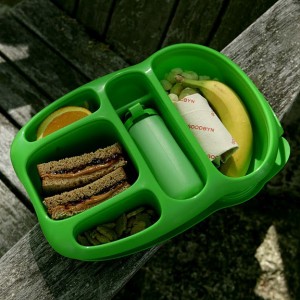 6) LUNCHES / SNACKS: There is so much money and unnecessary packaging that can be saved by using an eco-friendly lunchbox for your kids. Stop buying expensive pre-packaged snacks or using plastic wrap for sandwiches. Buy in bulk, and find reusable containers for packing lunches. Our favourite is the Goodbyn lunchbox, which is BPA free and has handy sections. Remember to fill up your water bottle on the way out the door too! Bottles made from food-grade stainless steel that will never retain or leach chemicals such as Onya and Kid Basix are great choices.
6) LUNCHES / SNACKS: There is so much money and unnecessary packaging that can be saved by using an eco-friendly lunchbox for your kids. Stop buying expensive pre-packaged snacks or using plastic wrap for sandwiches. Buy in bulk, and find reusable containers for packing lunches. Our favourite is the Goodbyn lunchbox, which is BPA free and has handy sections. Remember to fill up your water bottle on the way out the door too! Bottles made from food-grade stainless steel that will never retain or leach chemicals such as Onya and Kid Basix are great choices.
7) TOYS / BOOKS: When play is their primary job, it doesn’t take long for kids to get bored with their toys and books. But that doesn’t mean you have to buy more. Take a trip to the local library to find something new. Most communities have a toy library as well, so you can rotate things and the fun never ends. Save new toys (and your money) for birthday and Christmas gifts.
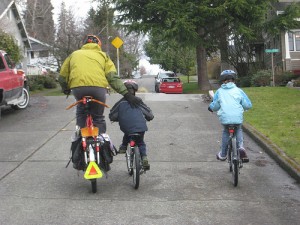 8 ) WALK / BIKE: to the grocery store, to the park, to the pool or post office. Stop using the car so much, support local businesses, get some exercise and teach your kids the value of this – not only for their health, but for the health of the environment too. Live local.
8 ) WALK / BIKE: to the grocery store, to the park, to the pool or post office. Stop using the car so much, support local businesses, get some exercise and teach your kids the value of this – not only for their health, but for the health of the environment too. Live local.
9) WATER: Water restrictions may not be as severe as a few years ago, but we should all remain conscious of wasting water and doing our part to conserve. Installing rain water tanks and recycling bath water for the garden, etc. will save money and this valuable resource.
10) SOLAR – The Australian government has offered homeowners incentives for installing solar panels, and depending on the size of your home, you can even sell solar credits back to the grid. A great way to reduce energy bills and your impact on the environment. For more information, visit the Australian government website on solar rebates and assistance.
Creative Communications, Graphic Design, Communications, Blogging, Copywriting, Content Management
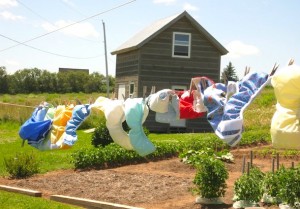

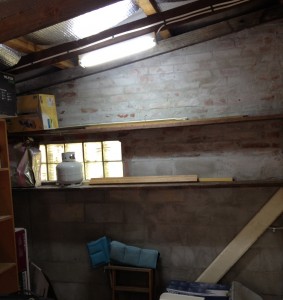

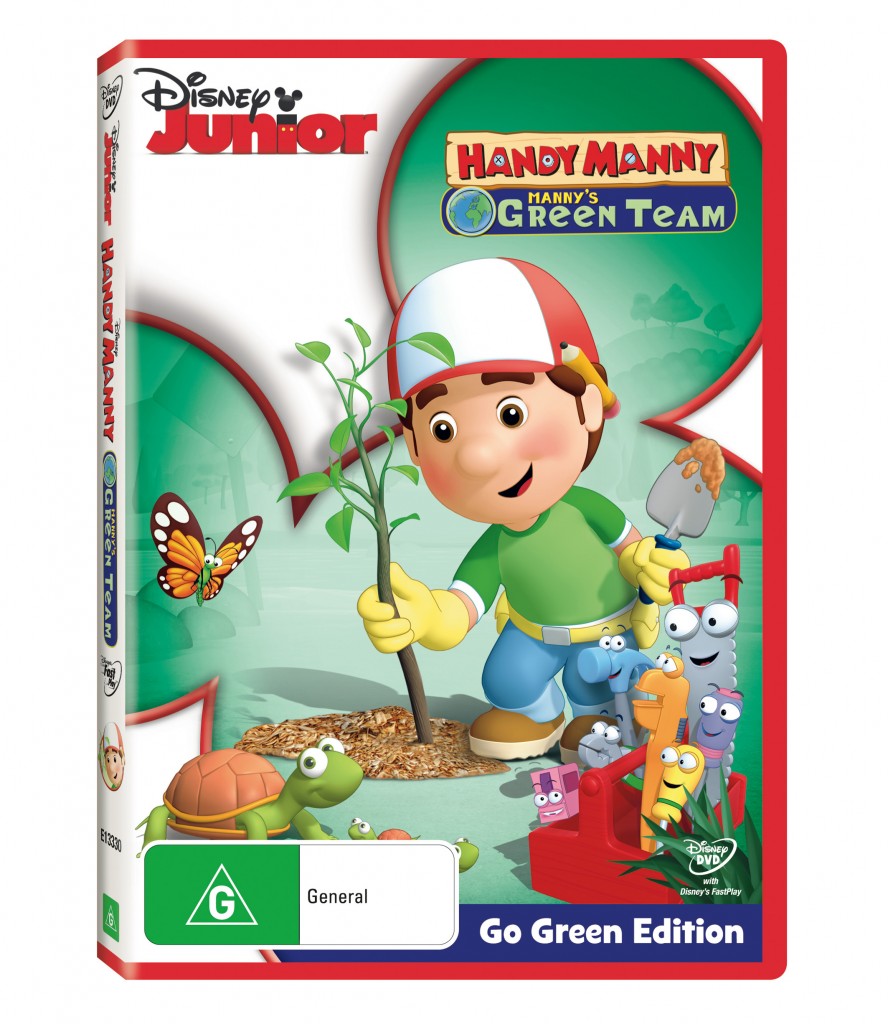

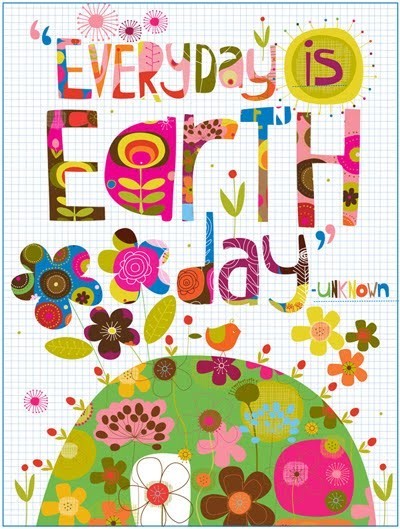
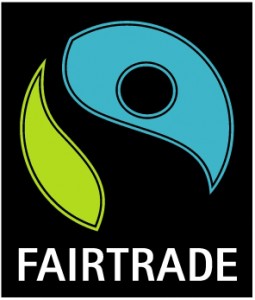
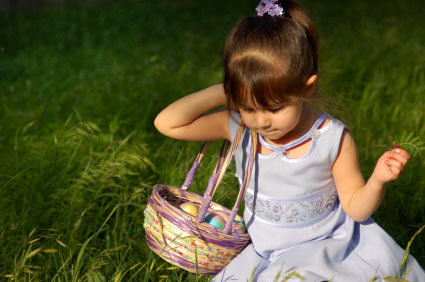
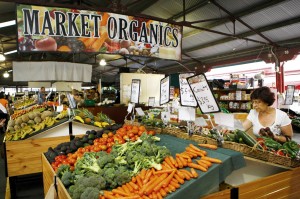

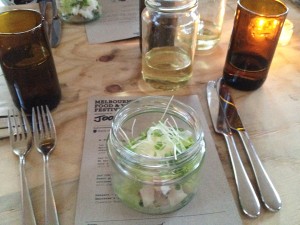
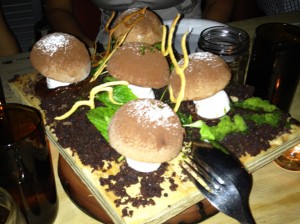
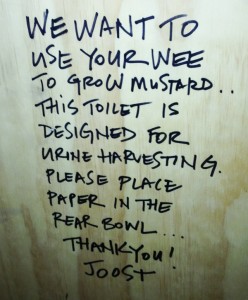
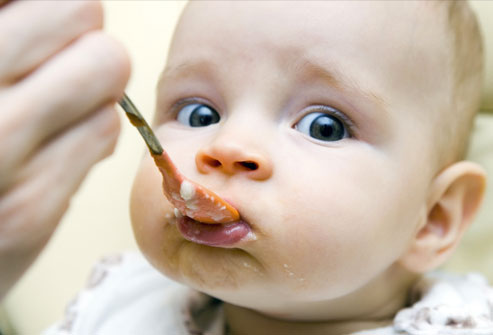
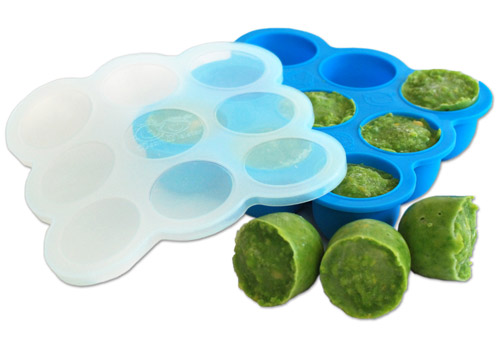
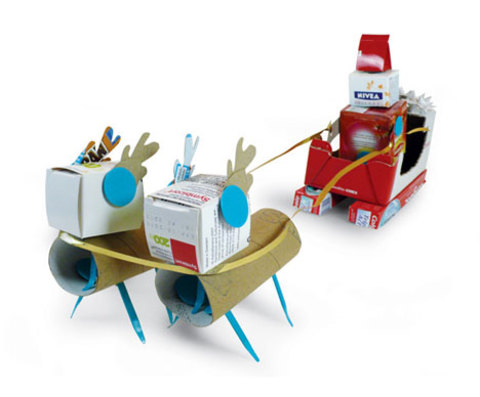
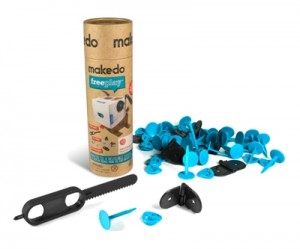 cover the
cover the 


